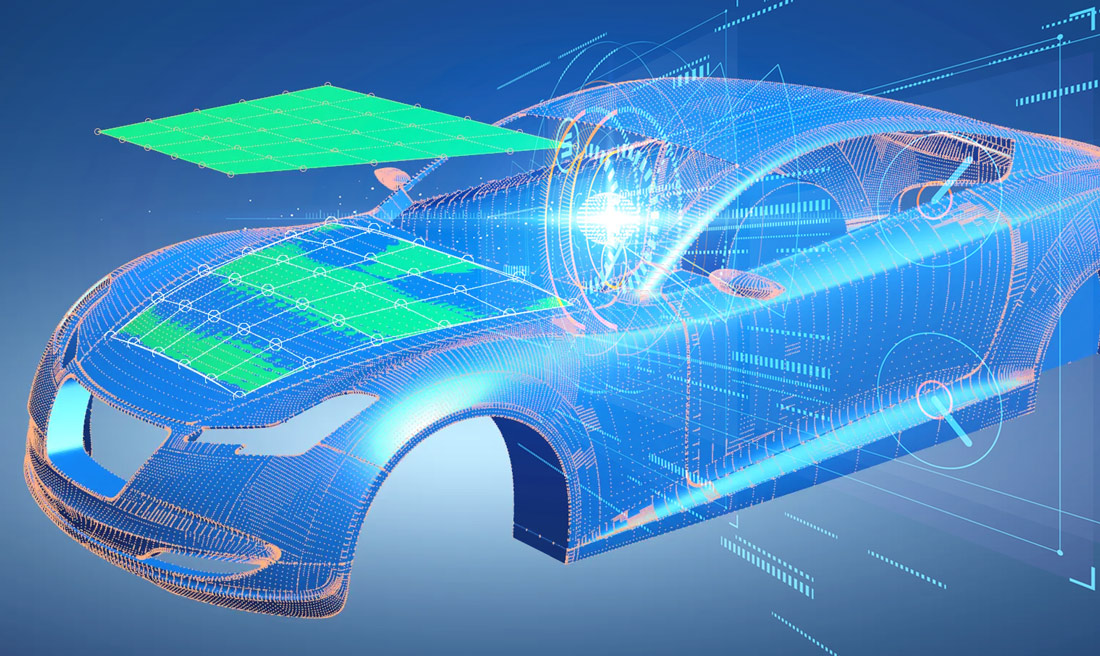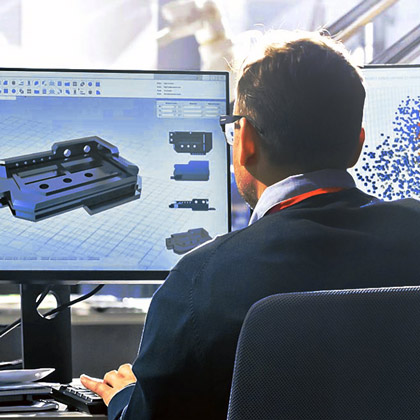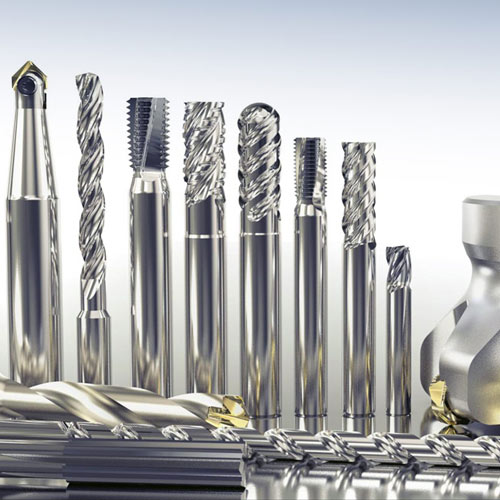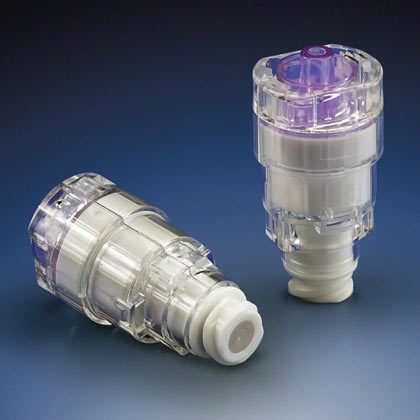California State University, Fullerton’s Society of Automotive Engineers (SAE) chapter chose Q-PLUS Labs to aid them with the challenge to compete in the Formula SAE, a competition which encompasses designing, building, and competing a mini-formula style race car that will be evaluated for its potential as a production item.
Introduction

Our Process
Because the race car’s design is based on the integrity and precision accuracy of the engine’s measurements, Fullerton’s SAE sought the expertise of Q-PLUS Labs’ dimensional inspection engineers. Using a Faro Arm CMM, Q-PLUS Labs provided a dimensional analysis of each mounting point for the engine. These points are integral not only to the race car’s design but also to the safety of the driver.
Given the engine’s exact 3D measurements, Fullerton’s SAE could confidently proceed with their design. They were able to retrofit and reverse engineer the chassis to properly fit onto the race car’s engine. Currently in the manufacturing stage process, in a few months they will produce the assembled chassis to compete in the Formula SAE® Lincoln this June.










Leave A Comment
You must be logged in to post a comment.